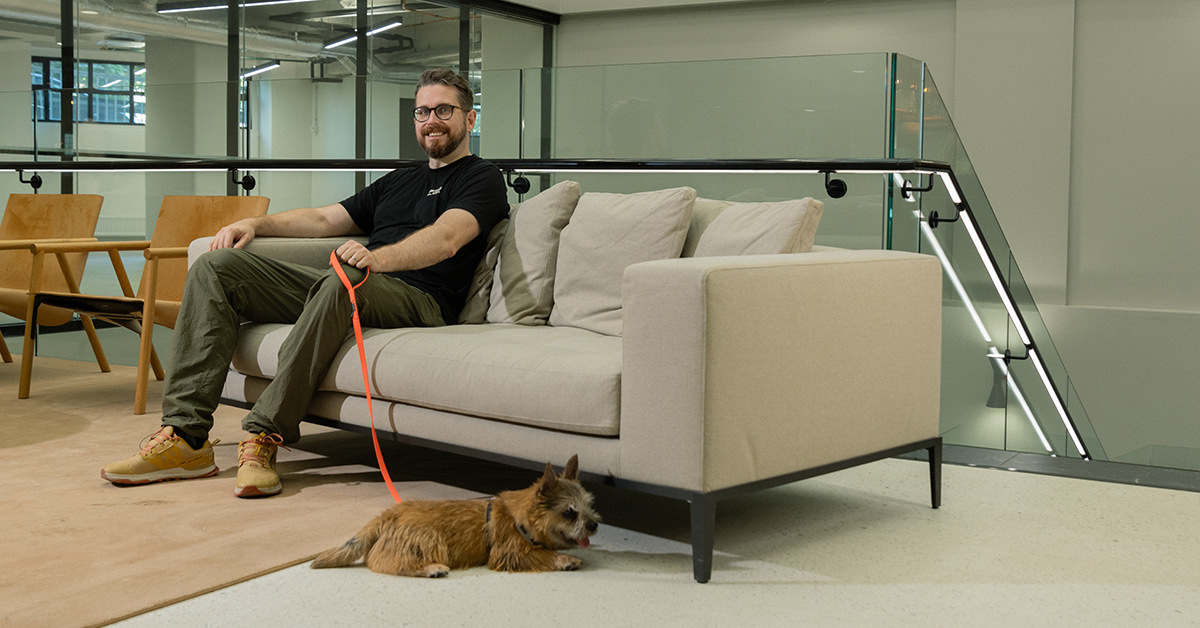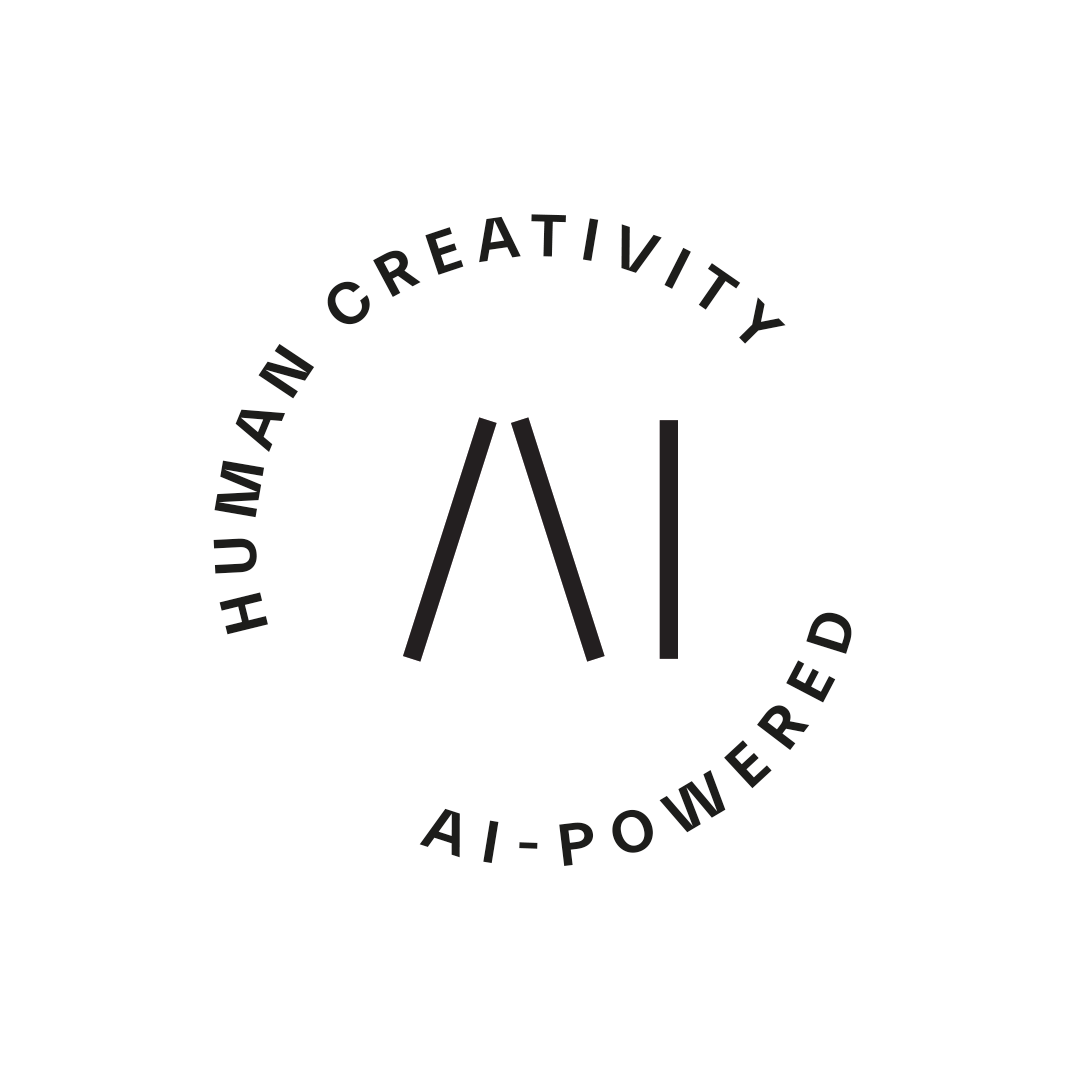
After spending two years leading a team and building a data platform from scratch outside the company, Patrik Bratkovic returned to Siili and, in December, was promoted to Team Lead for Data Engineering. When people come back, it means we’re doing something right—and we couldn’t be happier to have Patrik with us again.
Now, as both Team Lead and Lead Data Engineer, Patrik balances technical expertise with leadership, guiding his team in tackling complex data challenges. In a rapid-fire interview, we sat down with him to discuss the evolving field of data, his thoughts on AI, and his new leadership role.
Michal: How does it feel to be back at Siili?
Patrik: It feels great to be back! I have always liked working at Siili. There was never any bad blood when I left—it was just an opportunity I couldn’t pass up. I wanted to lead a team and try building something from scratch, which I did. I am grateful to the learning and growth I experienced with my previous company during my hiatus and I believe they have the potential do great things, but I found myself longing for something else and Siili was the natural place to return to. Even when data wasn’t a big thing here, Siili still invested in it, and I appreciate such forward-thinking mentality. Plus, it’s always been a great place to work and learn overall.
Michal: That's great to hear! Can you tell me more about your history at Siili and how your current role has evolved?
Patrik: I originally started at Siili in 2018 as more of a 'talkative data analyst with ambitions' and joined the data science tribe right away. Over time, I shifted towards data engineering, and after returning from my time away, I was promoted to Team Lead for Data Engineering in December 2024.
Now, I not only work as a Lead Data Engineer, but I also lead a team of data engineers, supporting their growth, technical development, and collaboration. My role includes both hands-on technical work and mentoring, ensuring our team stays ahead in data expertise.
Michal: So, for someone like me who’s not familiar, what exactly does a data engineer do? And where does AI fit into that?
Patrik: In essence, a data engineer’s job is to engineer things that move data from point A to point B in a way that makes it usable. While that sounds easy, there is a whole lot that happens in that between phase and outside of it. In my position it might mean a lot of code reviews, reworking tickets so that they are clearer and easier to complete while maintaining the goals, addressing incidents, and of course developing on and learning various stacks. In all of this we also need to maintain quality. The connection to AI is critical—AI needs goals, clarity and quality to produce desirable business outcomes. If you feed AI bad — incomplete, inaccurate, and biased — data, you’ll get bad results. Even more so if you approach it with unclear and lofty goals. As the saying goes: "Garbage in, garbage out."
For AI to work effectively, we thus need to ensure the data 'makes sense' and is usable by the AI models. Our job is to enable that process. Since becoming Team Lead in December, part of my role is also ensuring that my team understands and applies these principles, making sure that we build data systems that not only function but truly empower AI-driven decision-making. It’s about developing both technical excellence and a strategic mindset within the team.
Michal: Data science has been around for years. How has it evolved with AI, and what challenges have you seen emerge?
Patrik: One interesting development is the rise of more advanced "helpers," tools that can assist in tasks that previously required manual effort. For example, you can now rely on AI tools to help with certain data tasks, drawing on collective knowledge that wasn’t easily accessible before.
But while AI tools are getting smarter, the core challenges remain the same. For example, you might get outputs from an AI model, but you won’t know whether to trust them; AI provides a result. That’s still an issue. I always think of the example of image generation AI—everything looks great at first glance, but look closely, and you might spot weird details, like extra fingers. It’s a reminder that AI still requires human oversight.
Michal: Do you think AI will lead to fewer jobs for data scientists, or quite the opposite?
Patrik: I believe there will be fewer bad data scientists and more good ones. The people who know their stuff will remain relevant, particularly if they focus on science rather than code. But those who don’t really have the skills—who maybe got into the field because it’s trendy and well-paid and did not bother with more than the bare minimum—might need up their game or struggle. AI is excellent at handling routine tasks, writing boiler plate code, but the real value comes from domain knowledge and expertise, or in other words if it makes sense for the business and whether it is correct, which AI can’t fully replace.
Good data scientists will evolve into roles where they monitor and ensure that models are progressing —refining them — and that there’s meaningful feedback between human experts and AI.
Michal: That sounds like it applies to many fields—AI might take over some jobs, but the best experts will always be needed.
Patrik: Exactly. In any industry, AI will take over some jobs, but people will shift to more advanced tasks or in general to other tasks. This line of thinking works on the hiring side too, some of the personnel might be replaceable but there might be some harsh realizations on how many this is and how good they were in the first place. The cream of the crop—whether engineers, writers, or designers—will always have jobs because they understand the nuances of their fields. It’s like prompting an AI model: the more you know, the more you care about refining, the better results you can get from it.
Michal: Speaking of expertise, how do you stay updated in your field? What’s your approach to learning and development?
Patrik: I see learning as both short-term and long-term. Short-term learning comes from things like paid courses or training sessions where you need some skill to be applied soon. But the long-term aspect is more about developing competence over time. There’s so much free information out there—articles, tutorials, videos. A lot of people get stuck thinking they need to pay for courses, but there’s a wealth of great, free resources if you look for them.
And beyond that, it’s ultimately about passion. You must create something, build something. For example, I’m a cyclist, and I recently used my old Strava data to create a model that helps me plan mountain biking routes based on height differences and speed which I have not ridden before in a certain way. Essentially, based on what I want to experience during my ride, I ask the model to provide me with combinations of different segments in directions and order that I have not ridden before. It was a small fun personal project, but it helped me understand how to apply AI to something I care about. Doing these kinds of hands-on projects is one of the best ways to learn.
Michal: Do you publish any of your insights or share your projects?
Patrik: Not really. I’ve always been more of a “train of thought” person when I speak, and I worry that my writing would be too unstructured. But you’re right—writing can help organize your thoughts. I might give it a try!
Michal: You definitely should! Writing does help structure your thinking. One last thing before we finish—what excites you most about the future of data engineering and AI?
Patrik: On the personal side I am thrilled that it might be making us as humans more curious; more of us are asking questions the way we did when we were kids and refining them as we go. I think this curiosity will also help on the business side where I’m really excited about how AI is becoming more accessible. Tools are getting smarter, and they can help with tasks that used to be really time-consuming. But there’s still a lot of room for growth—especially in making AI outputs more reliable and trustworthy. I think the real excitement lies in the potential for AI to solve big, complex problems that we haven’t even thought of yet. And, of course, I believe that data engineering is going to be at the heart of that.
Connect with Patrik Bratkovic on LinkedIn.
.png)
